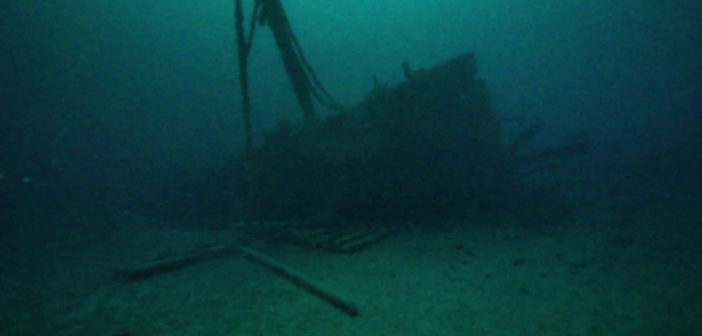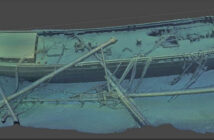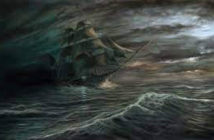The JARVIS LORD was built in Marine City, Michigan, at the Morley & Hill shipyard for William B. Morley. At the time of her Launch in November of 1872, the LORD was the largest double-decked steamer built in Marine City.
The JARVIS LORD was named after a New York politician and banker of the same name. At the time of the LORD’s launch, Jarvis Lord was a member of the New York State Senate. Jarvis Lord would pass away on July 24th, 1887, less than two years after his namesake’s sinking.
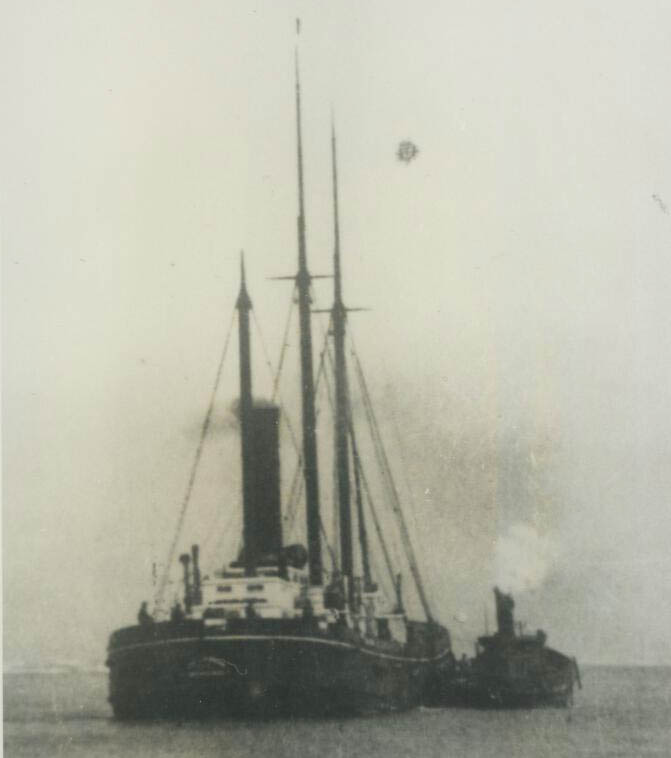
The JARVIS LORD was built as a “bulk freighter”, a fairly new configuration at that time, which would become the standard design for Great Lakes freighters for nearly a century. She was modelled after the bulk freighter R.J. HACKETT, launched in 1868, which is considered the very first bulk freighter built for the Great Lakes. The HACKETT’s pilothouse was positioned at the bow, her machinery at the stern and a large open area between meant for carrying bulk cargos like iron ore, coal and grain. The depth of the cargo hold was increased on these new vessels and a second deck was added below the main deck for added strength. These lower decks had cargo openings that roughly matched the openings of the hatches on the main deck.
The pinnacle of this design was reached in the 1950s with the launch of ships like the EDMUND FITZGERALD, which slid down the ways on June 5th, 1958. The FITZGERALD, or “FITZ” as she was nicknamed, had an overall length of 729 feet and could carry an amazing 25,000 tons of cargo.
The JARVIS LORD was 178 feet in length and had a beam of a little over 32 feet. The depth of her hold was 18 feet. Her net tonnage was calculated at 770 and she could carry about 640 tons of cargo in her hold. She was powered by a single-cylinder steam engine provided by Desotelle & Hutton of Detroit. Steam was provided by a 16-foot tubular boiler, which ran on coal and could produce 40 pounds of steam.
Soon after the LORD’s launch, the Panic of 1873 occurred, leading to a nearly decade-long world-wide depression. Subsequently, there was a lull in regional shipbuilding not many Great Lakes vessels were built in the following few years so the LORD had few peers.
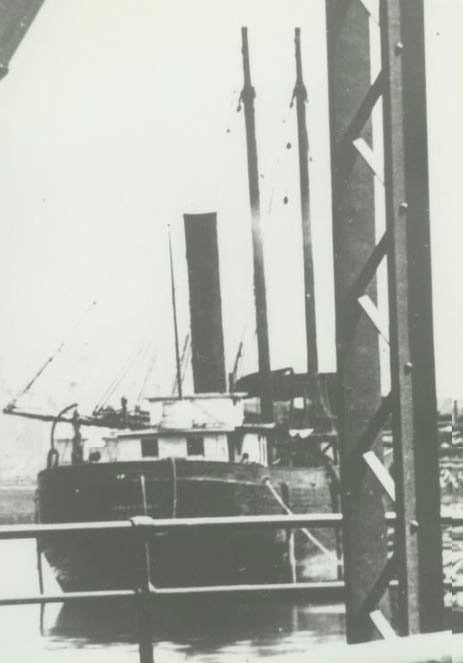
Throughout the next decade, the JARVIS LORD lived a typical life of a Great Lakes freighter, with changes in owners, captains and crew. She also had a few bumps and bruises along the way, but nothing out of line for a working boat of that era. She was owned and operated by the Morley family for her first couple years, running for the Ward’s Lake Superior Line in 1874 and making 11 round trips to Lake Superior.
In the spring of 1875, she was sold to John Bartow of Buffalo, New York, and captained by M.M. Drake, a skipper of much renown. Over the next few years, a few other commanded the LORD. In 1879, she was bought by M.M. Drake, who chartered her to the Wabash Line. Later that fall she suffered a serious accident when she was blown ashore on Turtle Island in rough weather. She was released in December and immediately put away for the winter.
In September of 1881, the LORD was blown ashore again, this time at Parisian Island in Lake Superior whilst carrying 32,000 bushels of wheat. The following year, she uneventfully ran ore between Marquette and Cleveland. In 1883, John W. Moore of Cleveland, Ohio, bought the LORD and installed her new and final captain, Richard Neville. In 1884 the LORD carried ore and towed the barge T.P. SHELDON.
In the spring of 1885, the JARVIS LORD received an overhaul, and new decks, beams, hatches and stringers were installed. She towed the schooners REINDEER, G.K. KING and CHAMPION in the Milwaukee and Chicago grain trade. In July of that year, she was damaged when she collided with the schooner E.P. ROYCE of the Skilligalee Light in Northern Lake Michigan. Within a month of that accident, she would mysteriously spring a leak and end up at her final resting spot on the bottom of Lake Michigan.
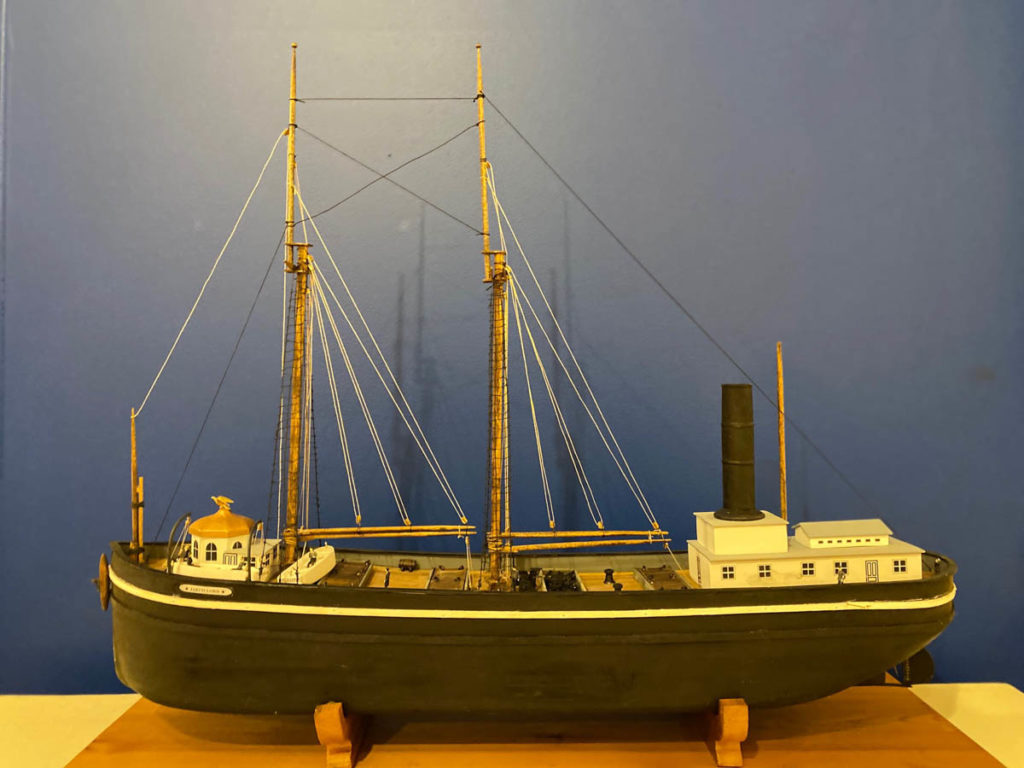
Monday, August 17,1885
“Captain, we have water coming in!”
Captain Neville’s reaction was swift. He ordered the steam powered pumps be started and then quickly scanned the waters ahead for other vessels in the passage. It was a busy summer day in the Manitou Passage with sailing and steam powered vessels littering the water from close by to the horizon. Within minutes he received another report that the pumps weren’t keeping up with the rising water and the captain knew that his vessel was in serious trouble. He again scanned the waters ahead of him, but this time calculating where the nearest shoreline he could reach safety was. They had just passed North Manitou Island and Sleeping Bear Point was still ten miles distant. On his starboard, South Manitou Island was about five miles away, to port, Pyramid Point on the mainland. Beaching the freighter was the only hope of saving her.
The captain ordered the wheelsman “Hard to port!”
Minutes seemed like hours as the big freighter plowed through the water, ever so slightly nudging over towards the mainland. Reports of rising water in the hold continued to make their way to the wheelhouse. Captain Neville knew that it was not a matter of “if”, but a matter of “when” his vessel would sink. Once the water reached the boiler the freighter would lose power to both her engine and her steam powered pumps. Of course, with a heavy load of ore, his freighter was already sitting very low in the water and would be minutes from sinking anyway.
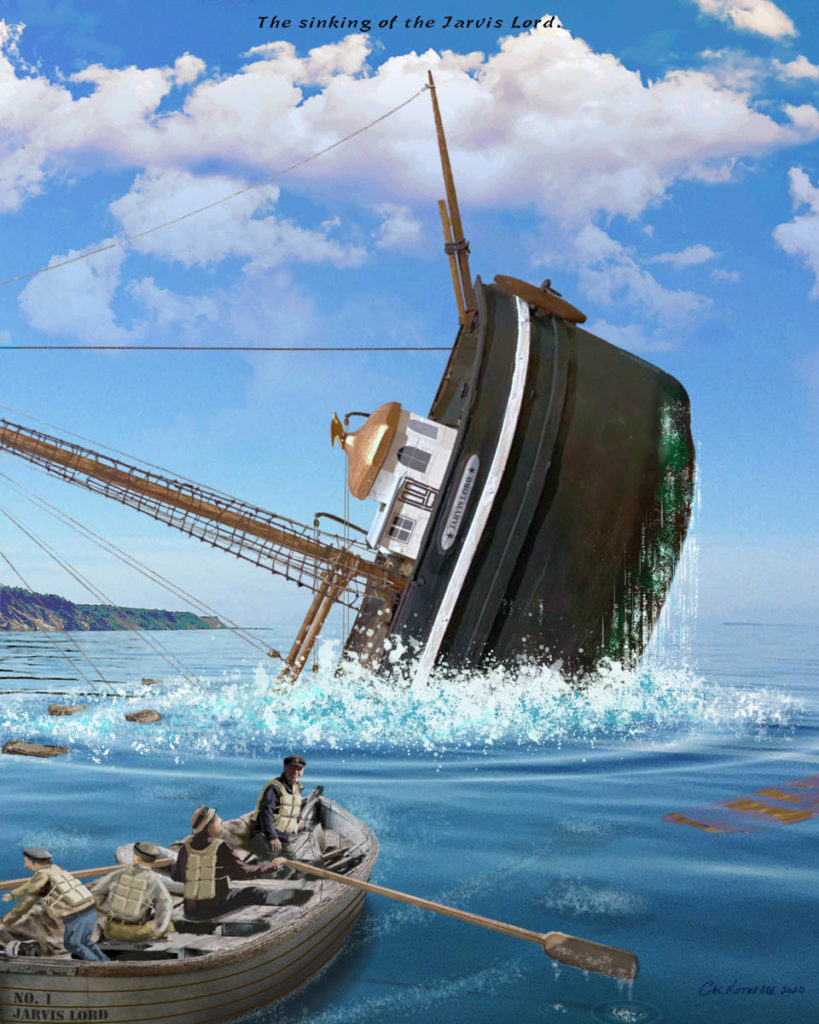
Captain Neville ordered the lifeboats be made ready. The JARVIS LORD carried two yawl type lifeboats near the bow, one sat alongside the pilothouse and the second lifeboat sat perpendicular to the ship behind the foremast. Upon hearing his order, crewmen removed the canvas tarpaulins that covered the small boats and released the lines that secured them to the deck.
By now it was obvious to all aboard the JARVIS LORD that she was doomed. The captain ordered “Abandon ship!”
The lifeboats had to be launched one at a time from a single pair of davits which flanked the port side of the pilot house. The crew was split about evenly between the two lifeboats, with the first mate commanding the first lifeboat launched and captain Neville commanded the second.
Moments after the second lifeboat released her lines and started to pull away, the LORD’s stern plunged to the bottom with a loud roar! Simultaneously, the entire deck ripped away from the hull and the water seems to boil. The pilothouse exploded with the rush of displaced air, showing the lifeboats and crew with wood splinters and launched the large ship’s wheel dozens of feet off the starboard bow. The JARVIS LORD went to the bottom fast and hard, so fast, that its enormous boiler didn’t have time to fill with water and actually briefly became buoyant, lifting out of its cradle and shredding the deck around it. It quickly filled with water and settled on the bottom next to the hull on the port side.
Part of the tremendous roar the crew heard was the many tons of iron ore rushing to the stern when the nearly vertical ship’s stern rammed into the bottom and dug in like a giant spoon, scooping sand and silt and splitting the hull down the middle. The ore breached the hull and spilled onto the bottom in a large pile.
After about a minute, the boiling water’s surface calmed and huge sections of hull and stern floating on the surface stabilized. The wind was out of the northeast, but they shipwrecked crew was in the lee of the land. Even though they were less than three miles from Port Oneida, Captain Neville decided to row to the dock at Glen Haven, some four miles distant. The shipwrecked crew arrived at Glen Haven a little more than an hour later, hot from the August sun and still in shock from the trauma of losing the ship that they called home for the past few months.
From Glen Haven, they will take passage on the propeller LAWRENCE for Chicago. From there the crew dispersed to their hometowns.
About a week and a half later, a large section of the JARVIS LORD’s deck was reported floating off Frankfort, Michigan. After that report, the JARVIS LORD faded from the news and disappeared into history.
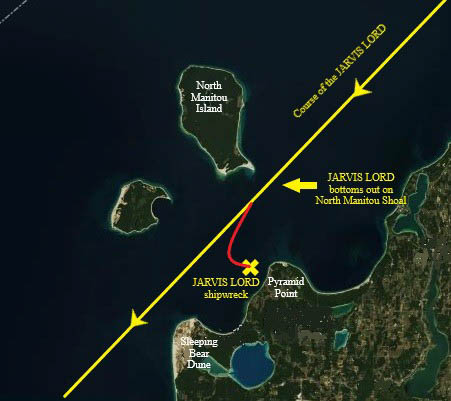
After compiling information from accounts of the sinking and clues from the wreck site and then factoring in the location of the wreck, we believe the JARVIS LORD damaged her hull when she bottomed out on North Manitou Shoal. She likely kissed the bottom and sprung a plank. At 15’ or 20’ of water, there’s about 50% more water pressure than at the water’s surface. Think of your ears hurting at the bottom of a 10’ deep swimming pool. A small leak on the bottom of the steamer would let water into the vessel like it was coming from an open fire hydrant. She would have filled quickly, even with her pumps running. When Captain Neville received the first report of incoming water, he would have immediately known they were in big trouble. The LORD was loaded with many tons of heavy iron ore and was already sitting very low in the water. Turning a vessel that heavy would have been a very difficult task indeed and would have required time and distance.
The JARVIS LORD shipwreck site gives us many clues to what exactly happened when she slipped beneath the waves, or more accurately, rocketed to the lake bottom. The enormous boiler lying next to the wreck isn’t unique, but it is rare. The only way this could have happened is the LORD filled with water and sank so quickly that the air-filled boiler remained buoyant briefly and floated out of its cradle.
The LORD’s stern hit the bottom with such force, it dug in like a giant spoon, splitting the hull in two and shearing off most of the vessel’s transom. Silt and sand were scooped into what remained of the engine room.
The aft cabins and pilothouse were much more lightly constructed than the LORD’s strong white oak hull and were ripped off at the surface as the heavy hull sank out for under them.
The JARVIS LORD rests in 220’ of water, about 2½ miles west of Pyramid Point. Her bow is pointing to the southeast, aiming towards the nearby shoreline she was attempting to reach. The LORD is approximately 10 miles from Leland. The hull of the LORD is split at the bow and stern but is fairly intact in the middle.
There is still much of the JARVIS LORD’s wreck site to be explored. The wreckage field off the port side of the hull hasn’t been thoroughly explored, nor has the pile of iron ore off the starboard side. There are plenty of opportunities for divers and ROV operators to be the first one to see things that have been hidden since 1885.
2020 was a rough year for exploration and documentation of shipwrecks. COVID19, the weather, mechanical problems, equipment malfunctions, scheduling issues and just about anything else you can imagine conspired to keep us from getting the number of photos and videos we desired of this newly discovered shipwreck. We are therefore sharing the location of the JARVIS LORD in the hope that others will dive and explore the shipwreck and share their information with the public. Please take photos and videos, but leave the numerous artifacts for future generations.
N 44 57.778 W 85 59.390 Enjoy!




